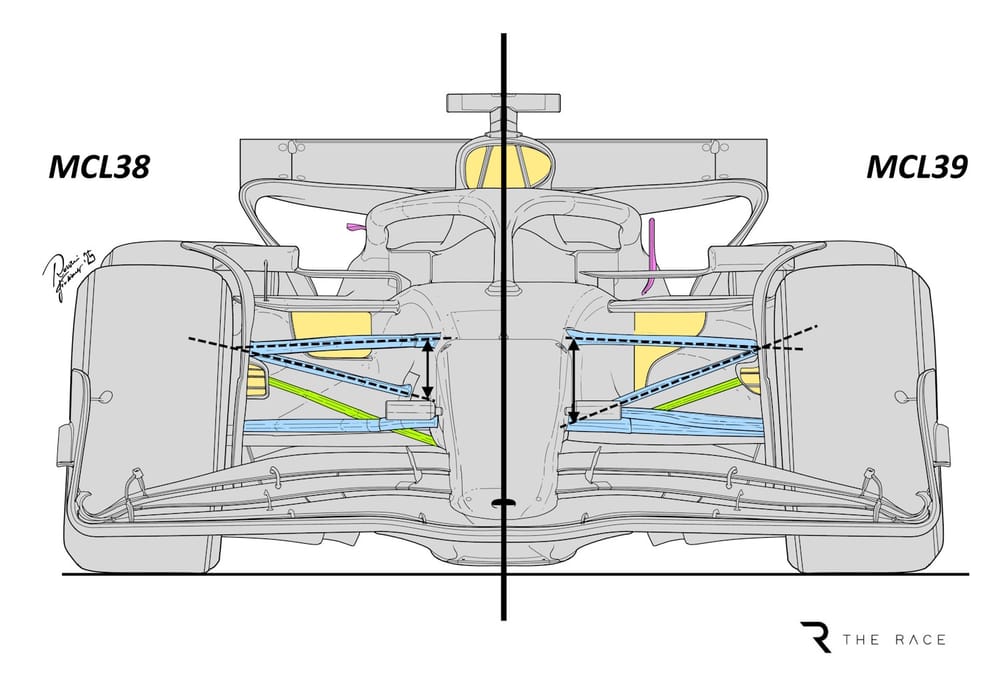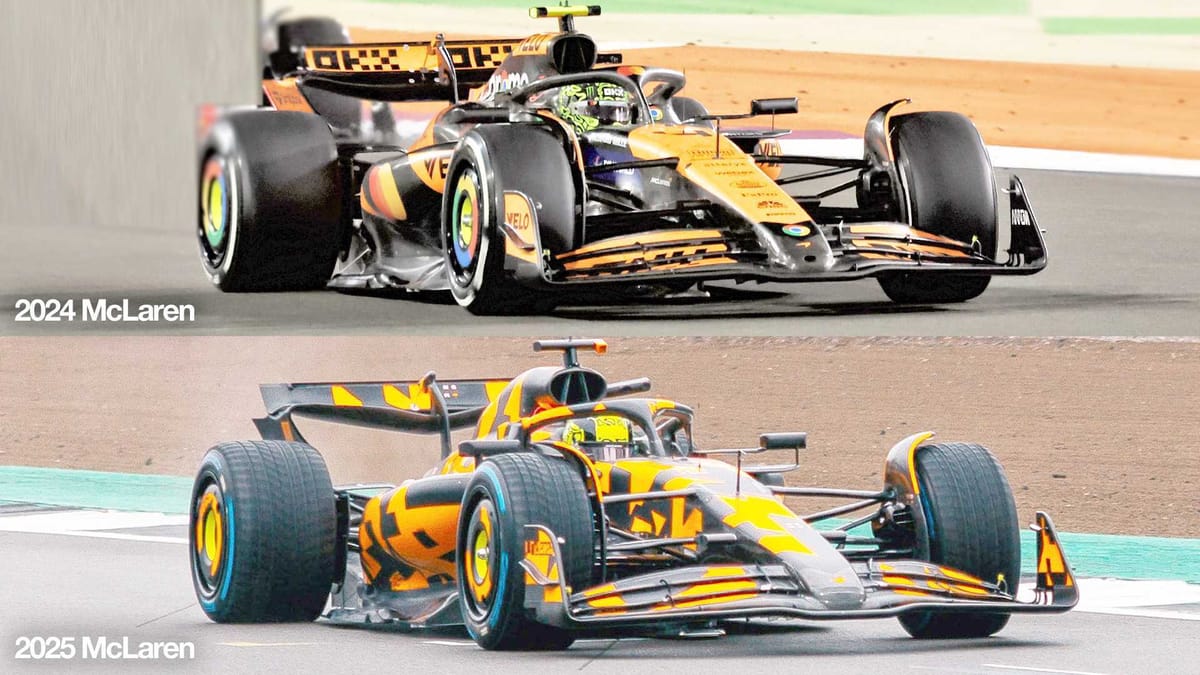Formula 1 teams know they are heading into a season where they need to prepare for two different design paths: one where their car has flexi-wing freedom and one where it does not.
That is because, from the Spanish Grand Prix in June, the FIA is tightening up on aero elasticity, with the tolerance for moveable front wings being reduced by around a third.
Red Bull team boss Christian Horner spoke for many this week when he said that teams were now going to have to put some effort into different concepts.
“Same for everyone,” he said. “It just means you’ve got a pre-race-nine and a post-race-nine set of issues to deal with, which inevitably will drive cost."
Shaking up the order
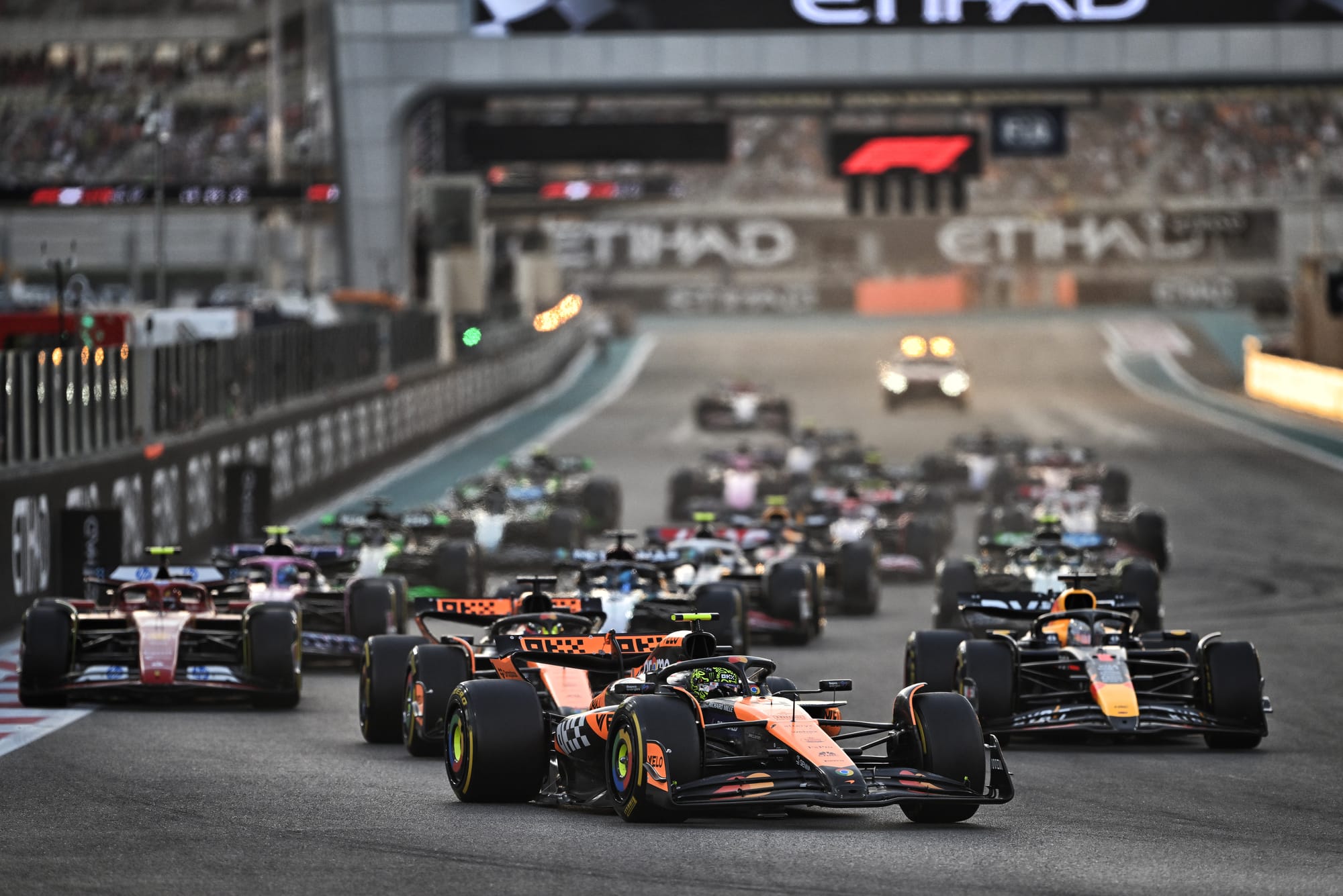
What we do not know yet is which teams are going to be hurt the most by the clampdown, because some were better at exploiting this area than others.
What has been quite interesting to hear is that McLaren, which was the master of it last year after its car was transformed from the Miami Grand Prix in May, does not see the change hampering it.
Speaking to Sky recently about the impact potentially costing it tenths of a second, team principal Andrea Stella said: "No headache at all. We don't have to make many adjustments at all for the start of the season. There will be a small adjustment required from race nine.
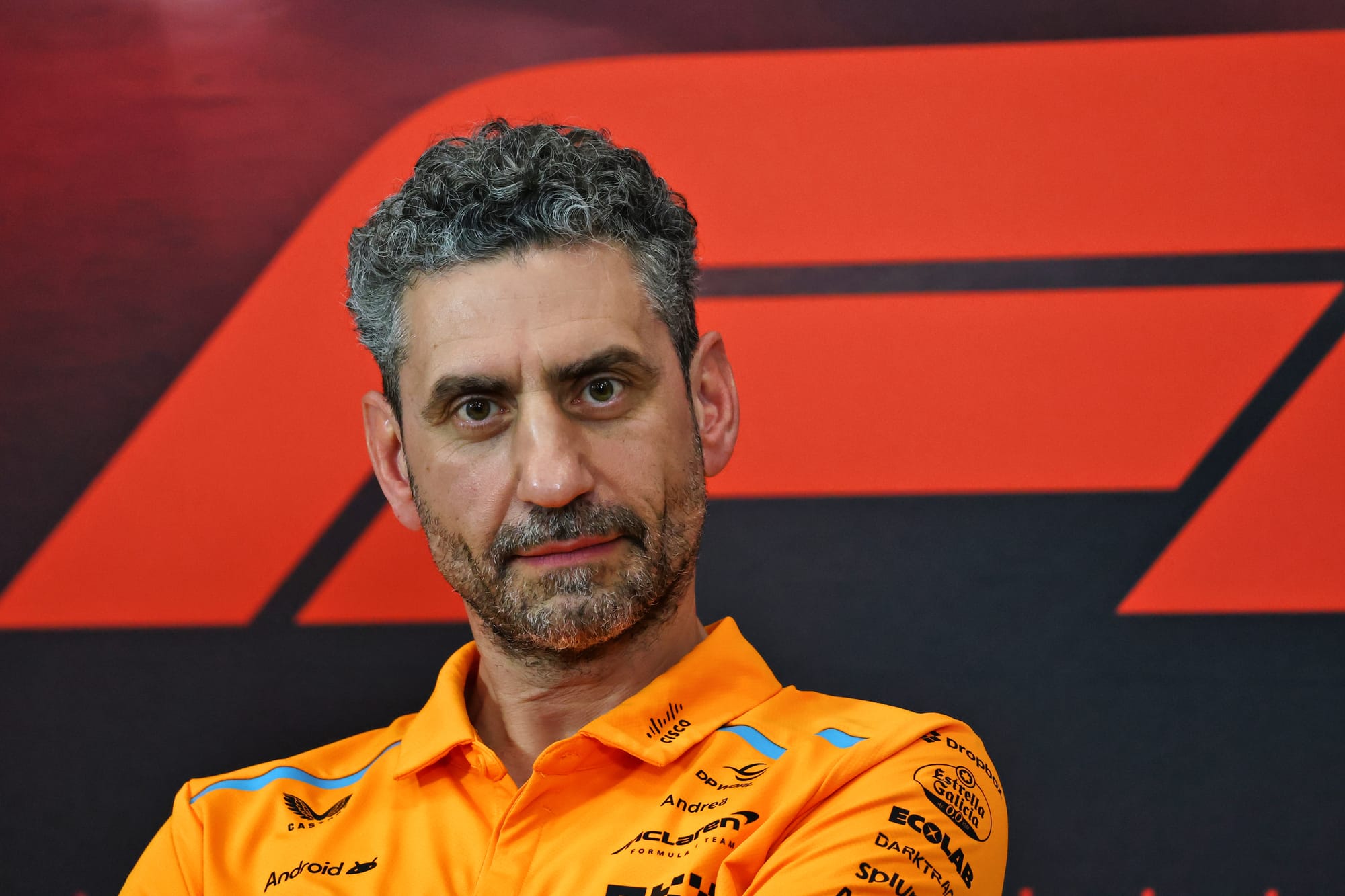
"I know it's become a big talking point, but in terms of what makes us busy and what gives us headaches, actually there are completely different topics which have much more to do with gaining those tenths of a second you refer to.”
That is an intriguing response because Red Bull was pretty adamant last year that the car balance benefits unleashed by flexi wings had allowed teams like McLaren and Mercedes to wipe away a previous advantage it had got with the ground effect cars.
Technical director Pierre Wache said: “We had some other aspect of the car which allowed us to rebalance the car. We benefitted from this for two years.
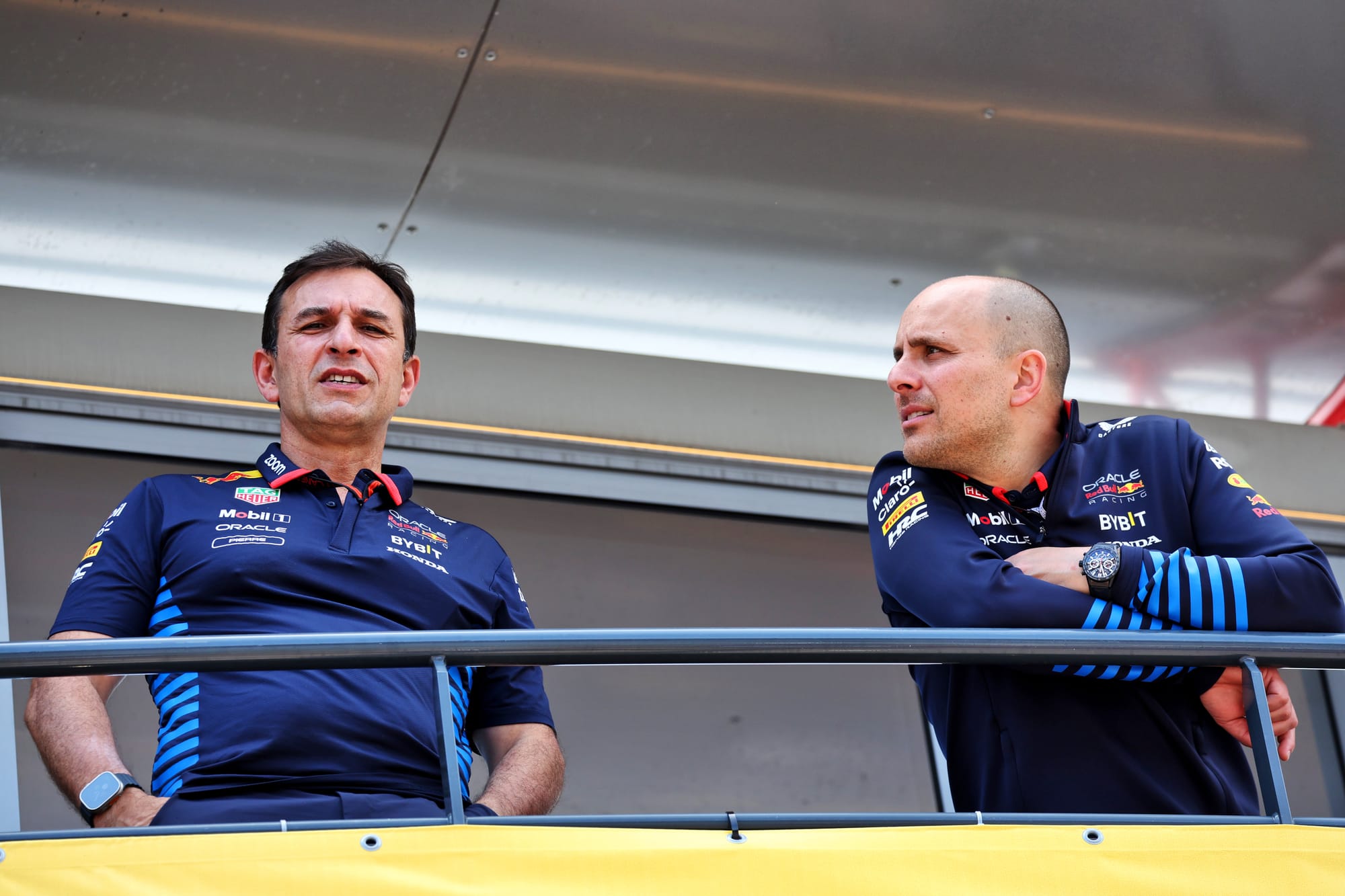
"The others introduced this front wing deflection to allow them to balance the car and, in that aspect, they are now in front of us.
"We could rebalance the car by other means, while the other teams used front wing deflection.
"To get a different aero balance as a function of speed, you need some movement of suspension, and the softer you are the better that is. This is good for balance but maybe not for downforce.
"So their front wing allowed them to still rebalance a much stiffer suspension."
McLaren ringing in the changes
Losing the ability to flex the wing as much if everything else stayed the same would be a negative, but McLaren’s car is not the same as 2024.
It is especially notable that it has changed in an area that could be really important in allowing it to maintain car balance without relying as much on aero elasticity tricks.
Close examination of McLaren’s new MCL39 suspension shows that it has made some significant changes to its front and rear geometry in the exact areas you would expect a team to go if they wanted a more stable aero platform.
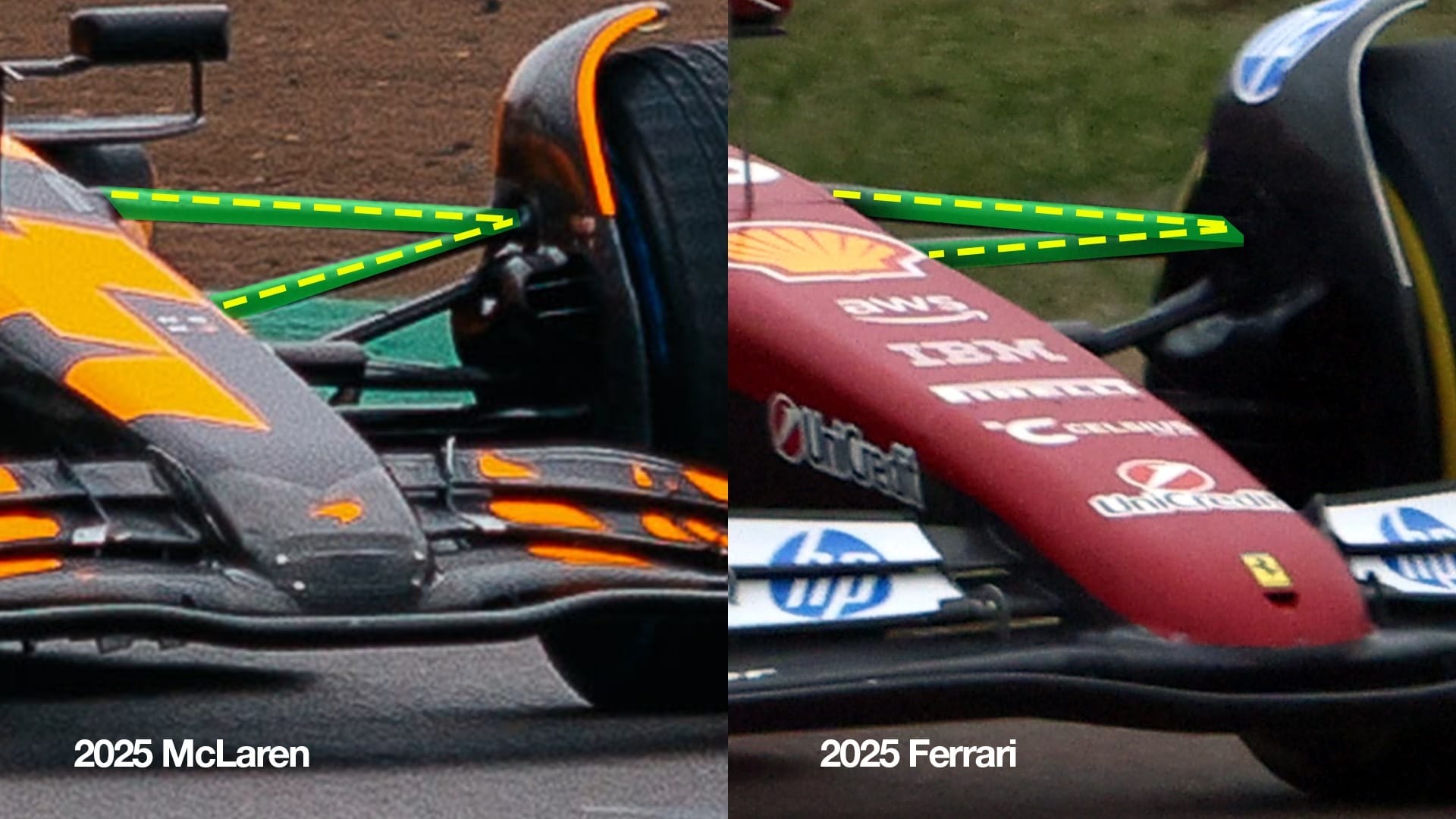
At the front, the upper wishbone rear leg inboard pick-up point has been lowered to increase anti-dive (pictured above in comparison to Ferrari).
Meanwhile, at the rear of the car, it looks like the upper wishbone forward leg inboard pick-up point has been mounted to the transmission/engine much lower. This increases the anti-lift.
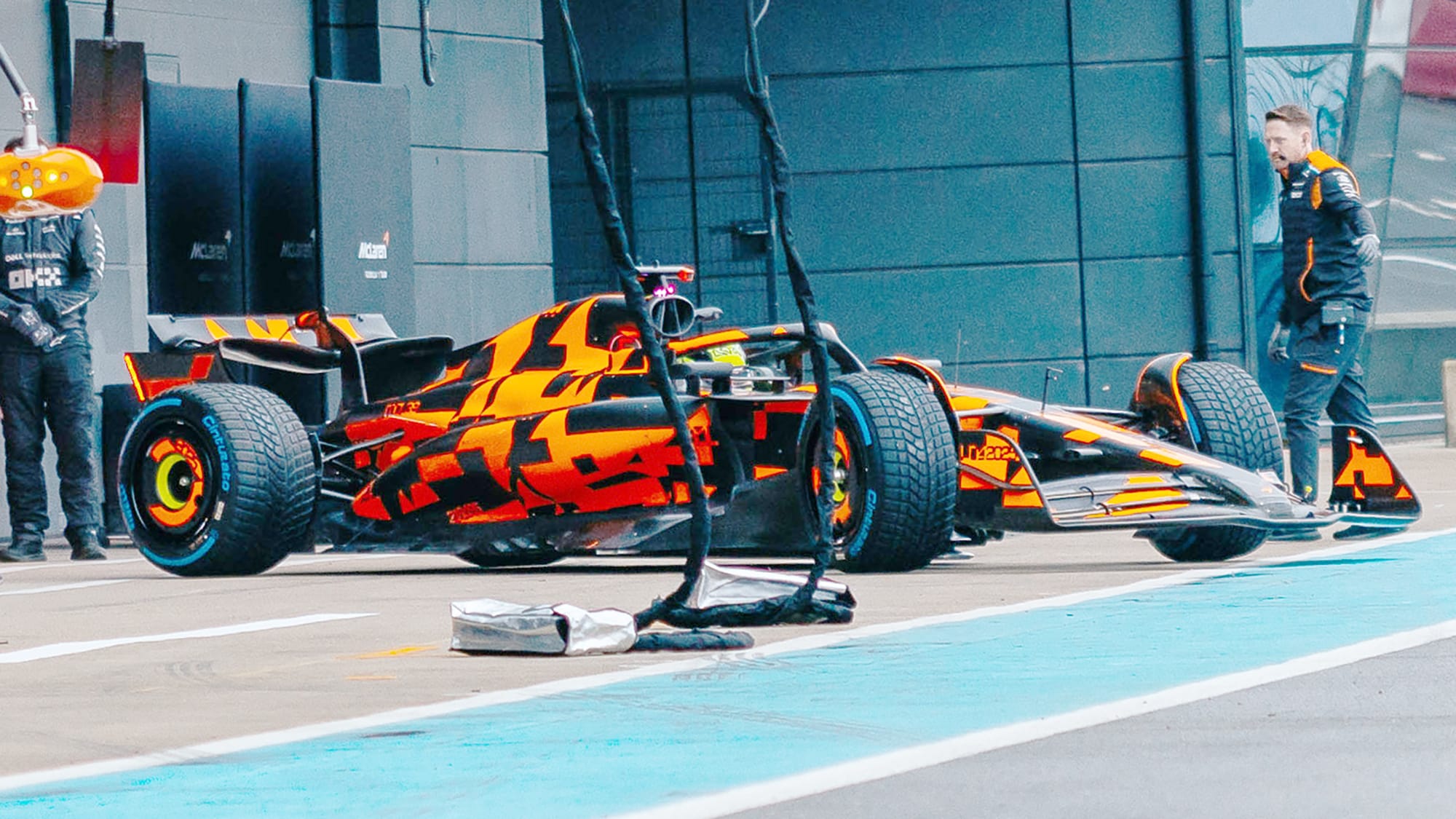
As explained below, these two elements could offer us a clue about McLaren shifting more to using suspension to help achieve the aero balance benefits that it had previously relied more on from flexi wings.
Why McLaren’s anti-dive gains could matter
Gary Anderson
The thing I always say is that it is not the total downforce that the driver drives to, it is the balance.
If that is shifting around, it very quickly knocks confidence in what the car is going to do.
With these ground-effect cars, which are producing something like 75% of their downforce from the underfloor, this shift in balance has become one of the biggest headaches that the design team has to cope with. That’s where the anti-dive and anti-lift characteristics of each car have become a major design requirement.
In normal running conditions, an F1 car creates a vertical force called downforce from the aerodynamic load.
This load increases at the square of the speed, so twice the speed is four times the downforce.
This is accompanied by a longitudinal force which is called drag, and also increases with speed. In basic terms, you want as much downforce with as little drag.
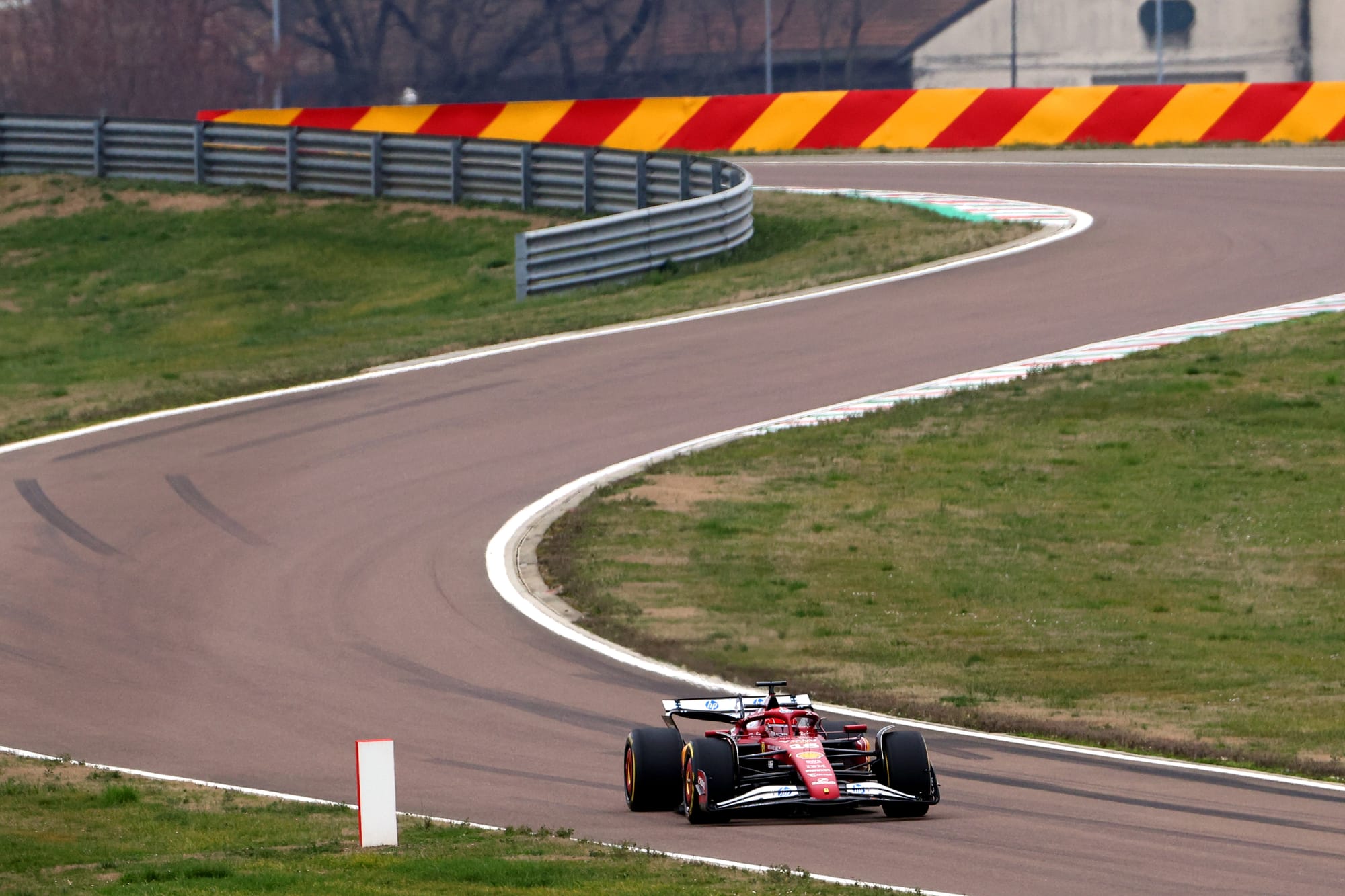
Downforce pushes down on the car at a point that is called the Centre of Pressure (CofP), and you want this position to be as consistent as possible. If it Is moving around, the balance shifts and the driver is left unsure about what is going to happen.
To try to control that CofP shift from the underfloor as the speed rises, teams have ‘exploited’ or ‘increased’ the anti-dive and anti-lift on the longitudinal suspension geometry.
But the importance is even greater during braking. If we take the most extreme stopping moment, like if a car is braking from 360km/h for a 60km/h hairpin (224mph to 37mph) at the end of a straight, this will generate an almost immediate longitudinal force in excess of 6G.
The weight transfer could be as much as 300kg from the rear tyre contact patch onto the front.
You can’t really do much about that weight transfer, other than lowering the Centre of Gravity, but you do not want the aerodynamic CofP to shift forward on top of that weight transfer – otherwise the rear of the car will become very nervous.
That will result in the driver struggling to turn into the corner with any major commitment and that will cost you lap time.
So during braking, if you can support the front of the car or make it rise with the anti-dive, and hold the rear of the car down or reduce its height with the anti-lift then it is possible to move the CofP rearward.
This reduces that weight transfer load change dramatically. It will not get rid of it totally, but it can definitely remove a pretty large chunk of it.
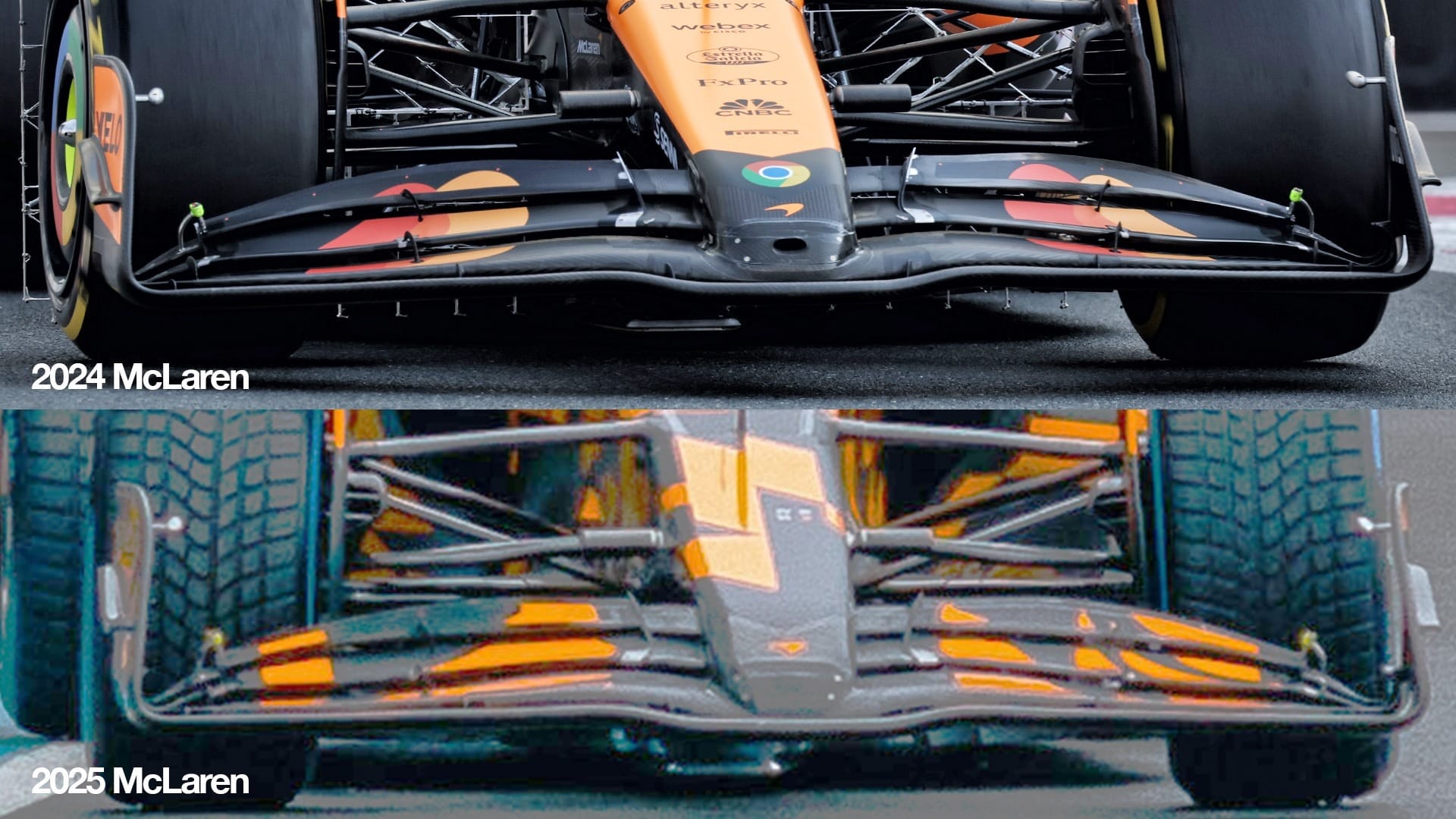
Most recently, teams have been helped in managing this CofP with flexi wings – as rotating back the front elements to reduce downforce at high speeds means that, when drivers initially hit the brakes, the CofP is further rearward than it would be if the front wing was rigid.
This has also allowed the teams to have the CofP further forward at low speed and then moving back at high speed, thereby reducing low speed understeer and high speed oversteer.
If teams cannot get previous gains from those flexi wings by placing the CofP where they want it, then it is obvious anti-dive and anti-lift suspension can offer them a big helping hand instead.
Want more from Gary Anderson? Get many of his columns for The Race early + get ad-free versions of his and Edd Straw's The Race F1 Tech Show podcast in The Race Members' Club - join now and get 90% off your first month

